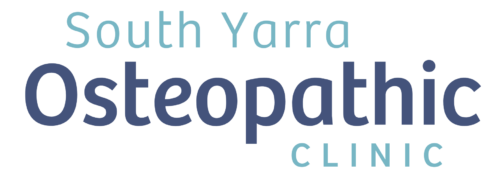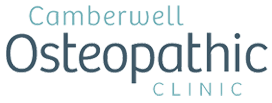Osteopaths, Physiotherapists and Chiropractors are all,
• Allied health practitioners
• Registered under Australian Health Practitioners Regulatory Association
• Complete a minimum four years tertiary education
• Complete ongoing CPD
• Considered manual therapists, in that we use our hands to diagnose and treat

Chiropractors work with the diagnosis and manipulation (or cracking) of the skeletal system, being your joints. They believe that body complaints originate from the nervous system so the emphasis on treatment is through manual adjustment and/or manipulation of the spine. Some exercise prescription can be given; however they are predominantly manipulative in their approach.
Physiotherapists identify and diagnose injuries of the body using functional movement-based rehabilitation and a range of soft tissue massage techniques. There is a strong muscular focus on treatment with emphasis being on strengthening and stretching. Because of this, Physiotherapists are based in hospitals, nursing homes and sports centres, as well as private practice.

In summary, the “simple” answer would be, all three professions address the same presentations and injuries, just with different approaches. We all aim to achieve the same result being a pain-free, functional patient.
If you think that Osteopathy might be the right approach for you, why not make an appointment and let us help. Sometimes trying a different approach isn’t a bad idea!




